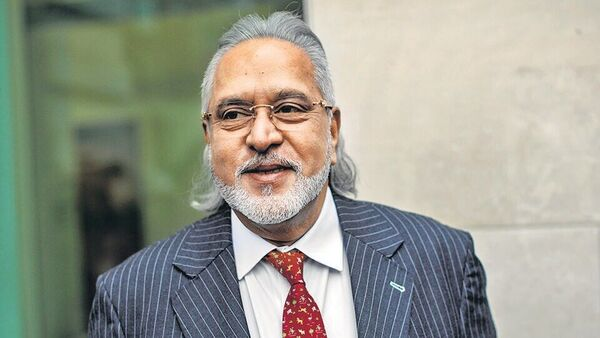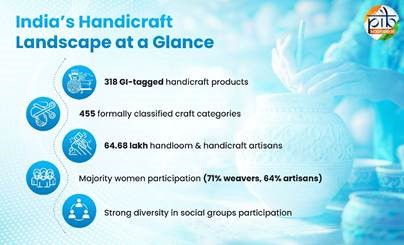Description
Context: India suffered serious economic contraction due to the COVID lockdown. However, Atmanirbhar Swasth Bharat policies in the health sector can check a possible second wave and fuel a robust recovery.
Latest Report:
- The Asian Development Bank identifies India as an outlier, with the country’s GDP growth likely to range between eight and 10 per cent — as against 7.7 per cent for China and seven per cent for the Asian region.
- The convergence between the rich and poor countries in the 1990s and 2000s was founded on high relative growth rates driven by globalisation and export-led growth.
- The World Bank and many international think tanks are now projecting a process of de-globalisation, reduction in the demand for exports, and reduced service exports from the tourism, travel and hospitality sector in response to COVID. So, the phenomenon of trade-led catch-up growth is petering out.
Can India maintain its high growth rate beyond the statistical bounce-back from a low base in 2021-22 in the coming decade?
- India’s import substituting growth strategy of the 1960s did not succeed because the high protective customs barriers led to the growth of non-competitive industries that were locked into older technologies — the Ambassador car, for example.
- The current Atma Nirbhar Bharat project is different because tariffs are low and public investment is focused on non-tradable infrastructure rather than commodity production.
Suggestions:
New Cadre:
- Atmanirbhar Swasth Bharat is a domestic non-trade dependent initiative which will invest over Rs 64,000 crore in setting up 17,800 rural and 11,000 urban health and wellness centres and 602 critical care hospitals in the country’s districts.
- Today India has 29 health workers per 10,000 population, while we need 60 such professionals per 10,000 people, as per WHO norms.
- Creating such a cadre will mean nearly four million new jobs, which can be self-paying as many of the services like laboratory checks, screening for NCDs, X-rays, physiotherapy and drug protocol monitoring can be provided on a cost recovery basis.
- These professionals can be employed on fixed-term contracts as per the newly-reformed labour legislation.
Infrastructure:
- Like the country’s medical sector, its infrastructure, too, is poised to feel the effects of the government’s emphasis on atmanirbharta.
- China and emerging markets like Russia and Brazil have a fairly advanced transport and energy infrastructure.
- India has a huge potential to renew its railways and highways and shift to solar energy from its current dependence on coal.
- In fact, the country’s long-neglected fourth largest rail network in the world is undergoing rapid transformation. While rail track coverage expanded by 5,000 km during 2010 to 2014-15, nearly 7,000 km of tracks were added between 2015 and 2020.
- The Railways now aim to lay 5 km of track daily and have raised adequate capital for the same by leveraging domestic insurance funds.
- Railways are also aiming for 100 percent electrification and zero carbon footprint by 2024.
|
Steps Taken:
● The Centre’s decision to invest heavily in urban mass transit systems since 2014 has led to the rapid expansion of such services. Starting from an estimated length of 380 km in Delhi, Kolkata, Chennai and Mumbai in 2014-15, over 500 km of metro rail systems are under construction in 40 large cities of India.
● The resolution of financial problems of blocked PPP projects and smooth land acquisition process has increased the pace of construction of national highways from 3,330 km per year during 2009-20014 to nearly 9,450 km in 2020-21.
● Starting with only 10 MW of solar power in 2010, India has installed nearly 35 GW of solar power by 2020. This has been propelled by economic reforms which drove solar power prices down from Rs 17 per unit in 2010 to Rs 2.44 per unit in 2020.
|
Conclusion:
- The Centre’s shift towards privatising public sector outfits including banks, insurance companies and other PSUs can fund the growth of rail, road and energy infrastructure.This will also foster efficiency in India’s credit system.
- Recent studies have revealed that financial decentralisation and commercial exploitation of state-owned lands was critical to the project.
- In India, too, regional development authorities like the Mumbai Metropolitan Regional Development Authority and Maharashtra Industries Development Corporation have financed the metro, trans-harbour links and industrial infrastructure through a similar commercial land allocation model.
- This model can be extended throughout the country to finance infrastructure expansion — large parcels of idle land under loss-making public sector undertakings can be monetised for public infrastructure and health facilities.
https://indianexpress.com/article/opinion/columns/covid-lockdown-atmanirbhar-swasth-bharat-helathcare-infrastructure-policies-modi-govt-7241942/










